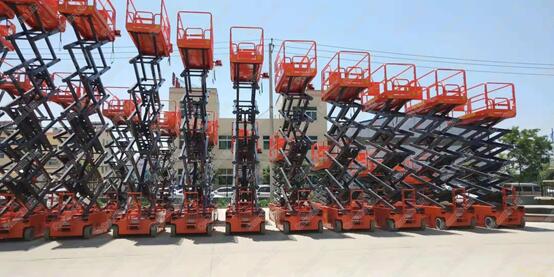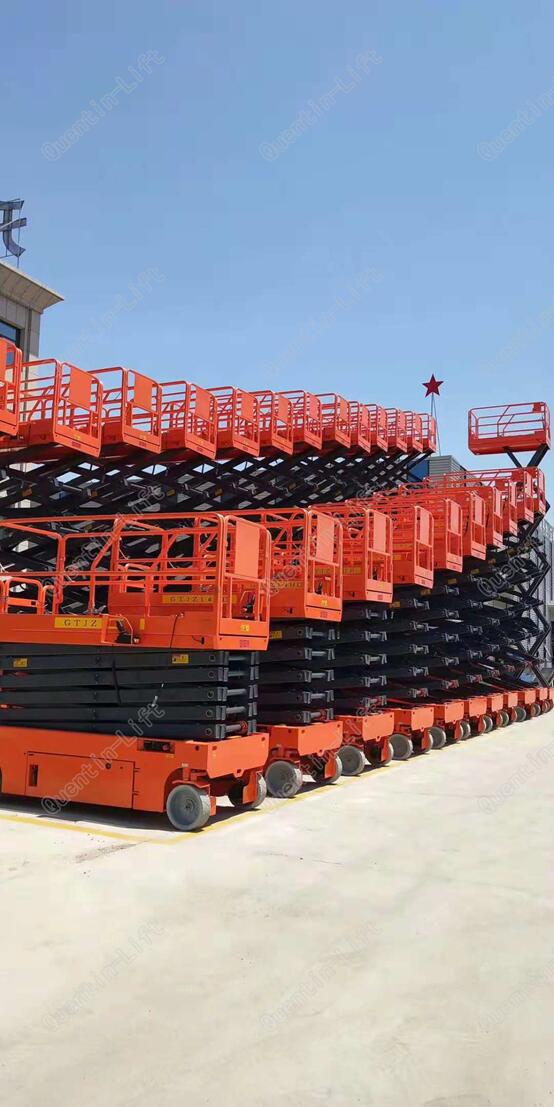Current status and development of high-altitude operations in China
The current status of high-altitude operations in China China's construction industry has daily safety accidents and tragedies, mainly due to China's lower construction safety standards and the construction party's lack of attention to safety production. According to the conservative estimate of the Building Mechanization Research Branch of the China Academy of Building Research, there are at least 1,000 high-level crashes in China caused by scaffolding each year. Considering the possibility of multiple deaths in each accident and the possibility of construction contractors concealing the accident, the actual number of deaths may also be higher than government data.
Promoting the development of China's high-altitude work regulations The US-China Joint Work Safety Committee is a non-profit organization established under the American Chamber of Commerce in China. It aims to change the current status of China's high-altitude operations safety with relevant Chinese institutions. The committee hopes to reduce the use of scaffolding through the improvement of China's high-altitude work regulations, and replace it with safe and efficient aerial work platform equipment.
In order to promote the improvement of China's high-altitude operations regulations, the US-China Joint Work Safety Committee plans to invite government officials from Brazil, the United States and Europe to introduce their high-altitude operations regulations in China; and how the improvement and implementation of these regulations have indeed improved. Construction safety in other countries and improved construction efficiency. The committee also plans to provide Chinese government officials, researchers and construction practitioners with information on the upper-air work regulations of these countries for reference.

Worldwide practice has proven that the enforcement of aerial work regulations can significantly reduce high-altitude falls, and aerial work platforms can effectively improve the safety of high-altitude operations. According to data provided by the Brazilian Ministry of Labor: Brazil was built as early as the 1970s. It is famous in the world for its high accidents. The special pension and the cost of the accident caused by the fall of the sky are as high as 9.8 billion riy. In 2007, 341 lawsuits caused by construction accidents amounted to 55 million riy, of which 34% involved a total of 116 fatal accidents, and 30% of them came from high-altitude accidents. The Brazilian government annually compensates the victims of construction accidents and their families, accounting for 4% of Brazil's national GDP. As early as December 22, 1977, the Brazilian government introduced the NR18 bill, strictly limiting the equipment for high-altitude construction. Safety protection requirements. In the following years, the Brazilian government has revised and improved the NR18 bill several times, and on March 7, 2007, it clearly issued standards for the construction work of aerial work equipment, and increased the amount of accident compensation, thereby improving the efficiency of construction work. It protects workers' work and life safety, and plays a significant role in reducing the number of accidents and mortality.
At the same time, in the United States, there is a special Occupational Safety and Health Administration (OSHA) to establish mandatory safety and health standards, to ensure the implementation of standards by checking the site and penalizing the problematic units, collecting and recording occupation-related Disease, injury and death data, comprehensive supervision of work safety. After the establishment of OSHA, the death rate of construction sites in the United States decreased by more than 60%, and the occupational related injury and disease rate decreased by 40%. OSHA requires reliable fall protection for work with a working height greater than or equal to 4 feet, and requires safe and efficient use. Aerial work platform equipment, and strict training and assessment of equipment operators. The United States has also become the most used country for aerial work platform equipment.

